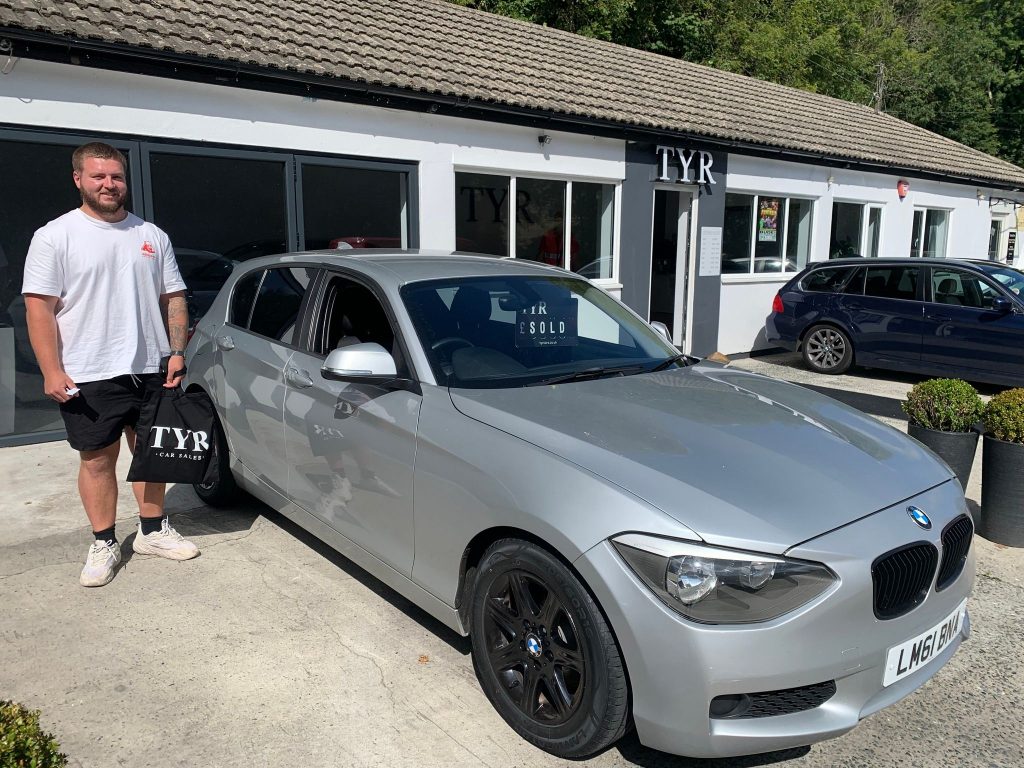It’s not always easy to buy a used car from a dealer or a private seller. So, here are some tips and advice on how to buy your dream used car.

There is some risk when you buy a BMW approved used cars in Cornwall, whether you do it privately, through a dealer, or online. But if you do your research, find out what your rights are as a buyer, and know what to look for, you could save a lot of money and avoid unpleasant surprises down the road. If you follow this guide and use our used car checklist, you can feel confident and get a great deal on your new pride and joy.
When looking for a used car, most people try to find one that is about three years old. This is because most new cars are bought on finance plans or company fleet leases that last about 36 months. After that, they are returned to the dealer or sold at auction, and most end up on the used car market.
Depending on the model and mileage, a three-year-old car should cost about half as much as it did when it was new, but it should still be in good shape. It’s a generalization, but data from warranty providers also shows that cars tend to lose their reliability after 5 years, so that’s a good time to sell your used car and look for a new one.
There are still plenty of good cars that are 5 years or older, but keep in mind that they may cost more to run and need more repairs than newer cars.
Advice on Buying a Used Car: The Basics
When you want to buy a used BMW in TYR Cars, there are different steps to take than when you want to buy a new BMW, but it is just as important to get these right. Here are some general things to think about when looking for and checking out a used motor…
1. Sort out your money first
Any car is a big investment, so the first thing you will need to do is set a realistic budget and stick to it. If you need to, look into the best way to pay for your car, whether it’s with a personal loan, vehicle financing, or just cash. Figure out how much you can put down as a down payment, and then figure out how much you can pay each month. If you do this, you won’t look confused when the salesperson asks, “How much do you have to spend each month?”
2. Keep track of the prices of used cars on the market
If you want to buy a used car, looking at different websites on the internet is a great way to see what’s out there and what you can afford. You’ll get a good idea of whether you’re paying too much, and since there are so many options, you don’t have to buy a BMW right away if you don’t think it’s the right car for you. If you are looking at popular models, there will always be a lot to choose from if the price isn’t right.
3. Carefully check all paperwork
If you’re not ready to check them out, there’s no point in giving the stack of papers that come with a used car any value. If you live in Bude or Cornwall, UK, and you want to buy a used BMW from a private person instead of a dealer, make sure the listed keeper is selling the car from the address listed on the V5C logbook. Then, compare the registration and chassis numbers on the logbook with those on the car.
After that, you can check the service record for any discrepancies, see if the cambelt needs to be replaced (which can be an expensive job on some cars), and look at the sales receipts to prove ownership and the end of any finance agreements. An HPI check will also help find any unpaid debts or hidden information.
4. Carefully check the car in the daylight and good weather
Rain on the paint can hide a lot, as can streetlights or torches, so try to look at cars when it’s not raining and definitely check them in the daytime. Take your time to look at each panel and all the inside trim surfaces. Older cars are bound to have a few scratches, so it’s more important to make sure all the switches and accessories work. Do all the electric windows open at the same rate, and does the air conditioning blow cold?
5. Give it a thorough test drive.
It’s important to make sure the car drives and handles well and does what you expect it to do. How hard is it to start the car? Do the engine or brakes make any strange noises? Does the steering pull to the left or right? Is there any smoke coming out of the exhaust that could be a sign? Make sure you have insurance before you take the car out for a test drive.
6. Do you have everything?
Check under the trunk floor to see if the spare wheel, repair kit, original jack, tools, and locking alloy wheel nuts are there. Also, check the glove box for the owner’s manual and ask the owner if there are any spare keys. Some cars also need satellite navigation discs or SD cards. If any of these are missing, it could cause a lot of trouble, and replacing them all would be expensive.
7. Making the deal official
When you’ve agreed on a price and want to buy a BMW, make sure all the terms are written down and signed by both parties on a receipt. It should include information about the vehicle, the price, the terms of the sale, and the names and addresses of both the seller and the buyer.
8. Buying a car
If you’re buying from a reputable BMW dealer, this shouldn’t be a problem, but it’s worth repeating the obvious advice about how to pay for a car you’re buying from a private seller. Be careful about buying a car with a lot of cash. Use a money transfer if you can. Don’t ever bring cash to a place that isn’t the seller’s home.


